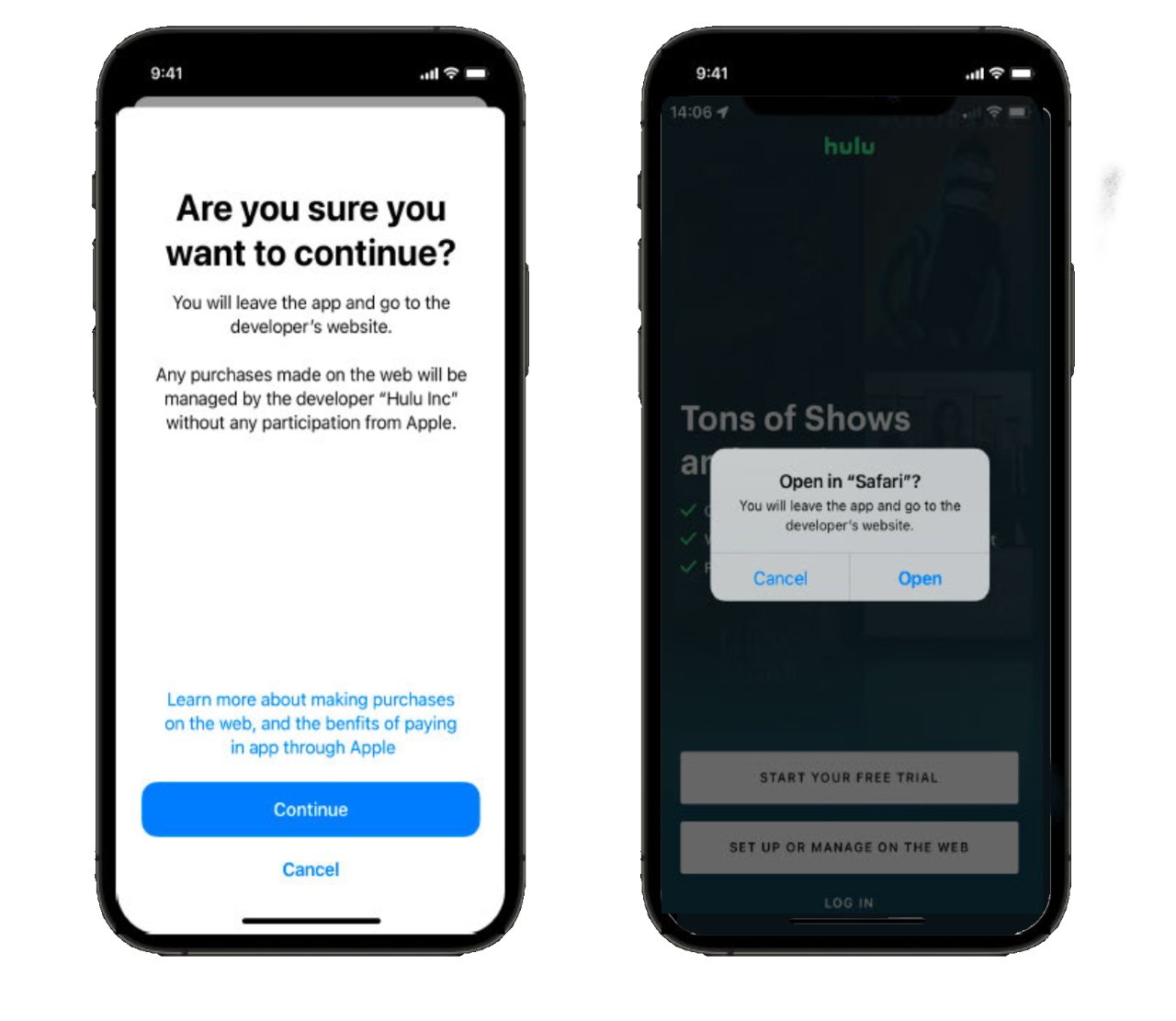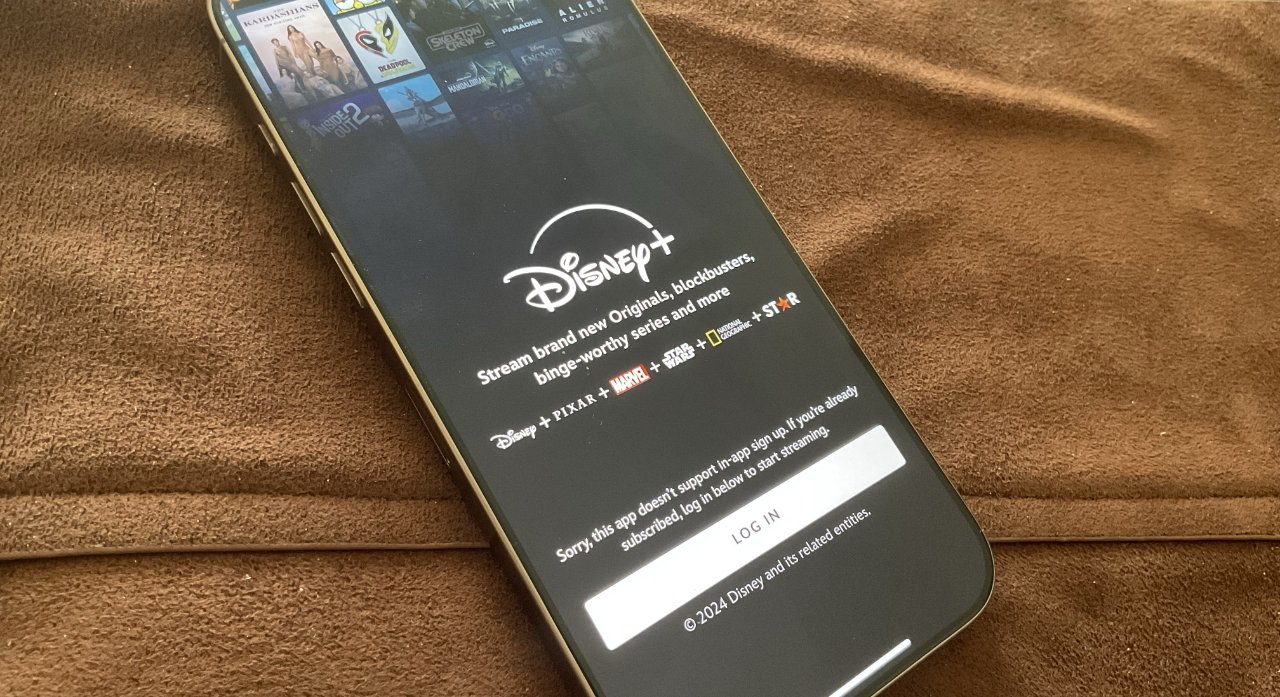Following the ruling that Apple has willfully violated the anti-steering aspect of the Epic vs Apple trial, the company must make specific changes to the App Store. Here’s what it must immediately do, and what this all means for Apple, developers, and users.
Apple won the trial against Epic Games, which was started by the games company intentionally violating its App Store agreements. But Apple did lose on one count regarding how developers can and can’t direct users away from the App Store.
Epic Games pressed on this point and has now won a victory with Judge Yvonne Gonzalez Rogers agreeing that Apple violated an anti-steering injunction. Describing Apple’s subsequent actions as “gross insubordination,” Judge Rogers not only repeated the anti-steering injunction, but specified steps in particular detail to prevent Apple being able to do anything but comply.
Apple also must comply immediately, regardless of whether it appeals. The court “will not entertain a request for a stay given the repeated delays and severity of the conduct.”
While Judge Rogers grouped her requirements into six general categories, the specific individual instructions Apple must abide by are:
- Cease charging any fee on purchases made outside of an app
- Cease demanding developers report purchases
- Cease restricting how developers promote within their apps any alternative purchase options
- Allow developers to use any links, buttons, or other calls to action, as they want
- Cease refusing to allow apps in its video and news partner programs to offer links to alternative purchases
- Use only the court-approved notification when users follow a link to a third-party site
- Cease forcing developers to link only to one specified page on their site
- Allow developers to instead send users directly to pages regarding the purchase they want
Judge Rogers maintains that Apple had successfully made as few developers as possible benefit from the court’s original anti-steering ruling. “As of the May 2024 hearing,” she wrote, “only 34 developers out of the approximately 136,000 total developers on the App Store applied for the program, and seventeen of those developers had not offered in-app purchases in the first place.”
Specifically to prevent Apple interpreting the new orders in any way that would repeat this situation, Judge Rogers laid out her precise requirements. Each limits Apple in particular ways — and each has consequences.
Cease charging any fee on purchases made outside of an app
In response to allowing developers to offer purchases that would not mean Apple getting up to a 30% commission, Apple offered a new option that was allegedly meant to discourage developers. They could offer external purchases, but any bought through the app would mean them having to pay Apple a 27% cut.
Further, just as with certain affiliate programs, Apple did not solely require a cut of any purchase made through “immediate use of the link.” Apple also mandated that it get 27% of all purchases made within seven days of the user tapping or clicking that external link.
Cease demanding developers report purchases
As part of ensuring that it got paid for external purchases, Apple required developers to report their earnings. It required firms to allow Apple to conduct audits of its revenue, and monitor that developers were correctly paying what was owed.
In wiping out the option to charge any fee for an external purchase, Judge Rogers ruled that therefore “no reason exists to audit, monitor, track or require developers to report purchases or any other activity that consumers make outside an app.”
Apple did very specifically adhere to the ruling that meant it had to allow developers to link out to alternative offers. But it mandated that developers could only show one link at one point in their app.
More, that one point could not be on a screen listing in-app purchases, nor at any point on the way to that screen. The link also couldn’t stay on screen in any way after a user has gone by it.
Plus, the link could not be placed in a pop-up, and it had to be on section of the app that the user positively chooses to go to. It couldn’t, for instance, appear on a splash screen as the app launches.
Allow developers to use any links, buttons, or other calls to action, as they want
When allowing developers to link out to alternative sites or offers, Apple dictated — and so limited — the precise wording used. Five basic templates were allowed, which on the one hand denied developers the facility to use persuasive calls to action, instead of neutral ones.
But it also meant that developers could solely link out for one of the purposes specified in the templates. Apple was using its rules to constrain a developer’s operation.
“If a developer wanted to compete on price not by offering lower prices but by offering other products or benefits on the web, there is no way to communicate that to a user in-app,” wrote Judge Rogers.
Cease refusing to allow apps in its video and news partner programs to offer links to alternative purchases
This refers to how Apple chose to exclude any developer in either its Video Partner Program, or its News Partner Program. As examples, Judge Rogers listed Disney+ and the New York Times.
Those developers pay a 15% in-app purchase fee to Apple, but if they elected to add links to external options, that fee changes to 30% for every in-app purchase.
“Said differently,” wrote Judge Rogers, “and simply, including an external purchase link in their app doubles their commission rate.”
Use only the court-approved notification when users follow a link to a third-party site
Apple does remain allowed to notify users that they are leaving the App Store and a particular app, so that it is clear they are going to a third-party site or service. That’s probably done with a mind to potential legal difficulties if a user visits a bad actor’s site and argues they believed they were still in Apple’s curated App Store.

Left: an example of how Apple wanted to warn users before leaving an app. Right: the new court-mandated wording — image credit: US District Court
However, Judge Rogers referred to Apple’s current notification as the use of a “scare screen,” designed to put users off.
Judge Rogers not only mandated that such scare screens cannot be used, she specified that only a “neutral message” can be shown instead.
Cease forcing developers to link only to one specified page on their site
Apple limited how links could be shown in apps, but then also limited where those links could take users. They were required to go to one static page, such as a developer’s homepage.
So if a developer had two or more different offerings, they were not allowed to link directly and separately to each of them. Instead, they would have to create a page that listed everything, and require the user to take another step through to what they want to buy.
Allow developers to instead send users directly to pages regarding the purchase they want
Developers could not send any information along to its site when a user elected to follow a link there. There’s a privacy argument about passing user details to third-parties, but in this case the information would typically concern which offer the user wanted.
So they could, for instance, choose a tier within the app and then be taken to the correct product page to buy that tier.
What happens next
Apple has responded, saying that “we strongly disagree” with the injunction, and that it will appeal.
It’s conceivable that the appeal could reverse the latest decision, although it’s unlikely. But regardless of the outcome of that appeal, Apple will have to implement all of these changes immediately — and that will not be the end of the case.
For alongside ordering the new and very tightly-specified steps Apple has to take, Judge Rogers has referred the case for potential criminal proceedings against the company over alleged lies during the trial.





![Severance-inspired keyboard could cost up to $699 – have your say [Video]](https://techtelegraph.co.uk/wp-content/uploads/2025/05/Severance-inspired-keyboard-could-cost-up-to-699-E28093-have-your-say-Video-218x150.jpg)